If this is your company, CONTACT US to activate Packbase™ software to build your portal.
.jpg)

Let's talk about some of the most common materials used in cosmetic packaging.
PP, PE
It is an environment-friendly material that can directly contact with cosmetics and food. It is the main material for packaging organic skin care products. The material is white and translucent. According to different molecular structures, it can reach three different degrees of hardness and softness.
PET
Also known as polyethylene terephthalate, PET plastic is soft. It is No. 1 on the international material identification number scheme. Its main characteristics are high air tightness, good pressure resistance, high water resistance and transparency. Its transparency is up to 95%, which is higher than that of other commonly used plastic packaging containers, but it is not heat-resistant.
PET is an environmentally-friendly material, which can directly contact with cosmetics and food. It is the main material used for organic skin care products. It is often also used as the packaging material for food, beverage bottles and cosmetic bottles. Because of its high air tightness, the packaging container is free of pores and can be used as the packaging for alcohol.
HDPE
High-density polyethylene, also known as high-density PE, is the No. 2 material on the international material identification number scheme. Its main characteristics are good acid and alkali resistance, hardness, tensile strength and creep better than low-density polyethylene. The products processed with it are translucent, with poor heat resistance. As packaging containers, they will have pores, and are commonly used for medical bottles, cosmetic bottles, and other plastic products.
LDPE
Low-density polyethylene, also known as low-density PE is the No. 4 material on the international material identification number scheme. Because of its low molecular density, it is softer than HDPE. The products processed with it are translucent, heat-resistant, and have pores, but it has good acid and alkali resistance.
Containers processed with this material are often used for chemical-based products such as facial cleansers, glue bottles, cosmetic bottle hoses, etc.
PCTA
PCTA is a type of copolyester plastic raw material. It has high transparency, excellent low-temperature toughness, high tear resistance, good processing performance, and excellent chemical resistance. It can be electroplated, sprayed, and scratch resistant.
Its density is 16% lower than that of PC, and its processing cost is 40% lower than that of PC. It has good printing, coloring, and electroplating properties, and its toughness is 3 times higher than that of transparent ABS. It complies with the European RoHS environmental protection directive, and is suitable for high-end cosmetic packaging.
PCTG
PCTG is a transparent plastic, with the same transparency as glass and the density close to glass, high gloss, chemical corrosion resistance, impact resistance, easy processing, injection molding, injection stretch blow molding and extrusion blow molding. It can also produce unique shapes, appearances and special effects, such as bright colors, frosting, marble textures, metallic luster, etc. It can be used as a source of packaging materials for perfume bottles and caps, cosmetic bottles and caps, lipstick tubes, cosmetic boxes, etc.
AS
AS does not rate highly for hardness, it is brittle (there is a clear sound when knocking), transparent in color and blue in background, and can be used for direct contact with cosmetics and food. It is generally used as the material for making the bottle body in ordinary lotion bottles and vacuum bottles, and can also be used to make cream bottles with small capacities.
ABS
ABS is highly engineered and not very environmentally friendly. Its color is yellowish or milky white, and its hardness is high. It cannot come into direct contact with cosmetics and food. In cosmetics packaging materials, ABS is generally used to make inner covers and shoulder covers.
Acrylic
Also called PMMA or plexiglass, acrylic has good transparency, chemical stability and weather resistance. It is easy to dye, easy to process, with a beautiful appearance and is hard material. In order to maintain the transparent texture, it is often sprayed inside and outside the bottle, or colored during injection molding. It is often used for cosmetic bottle caps and bottle body packaging.
SanYing Packaging is an expert manufacturer of ABL and PBL tubes for a range of markets, specializing in the premium segments. Offering capacities from 1ml to 300 ml, the company's tubes will enhance your product's image with outstanding quality, safety and aesthetics.
Be inspired by the wide range of tube solutions in our product catalog, or contact us directly with your requirements and our specialists can make recommendations about the best materials and tube options.


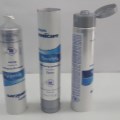
.jpg)
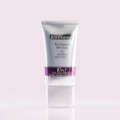
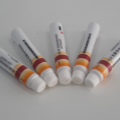
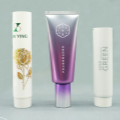
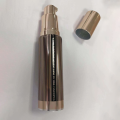
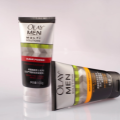
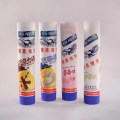
.jpg)
.jpg)
.jpg)
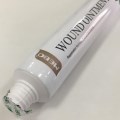
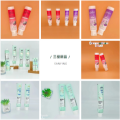
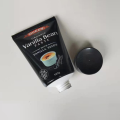
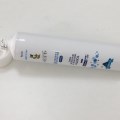
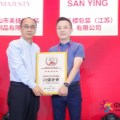
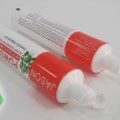
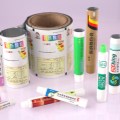
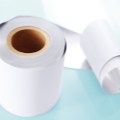
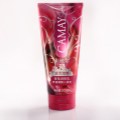
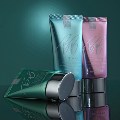

.jpg)





.jpg)

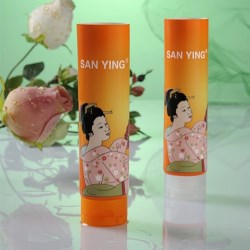




.jpg)